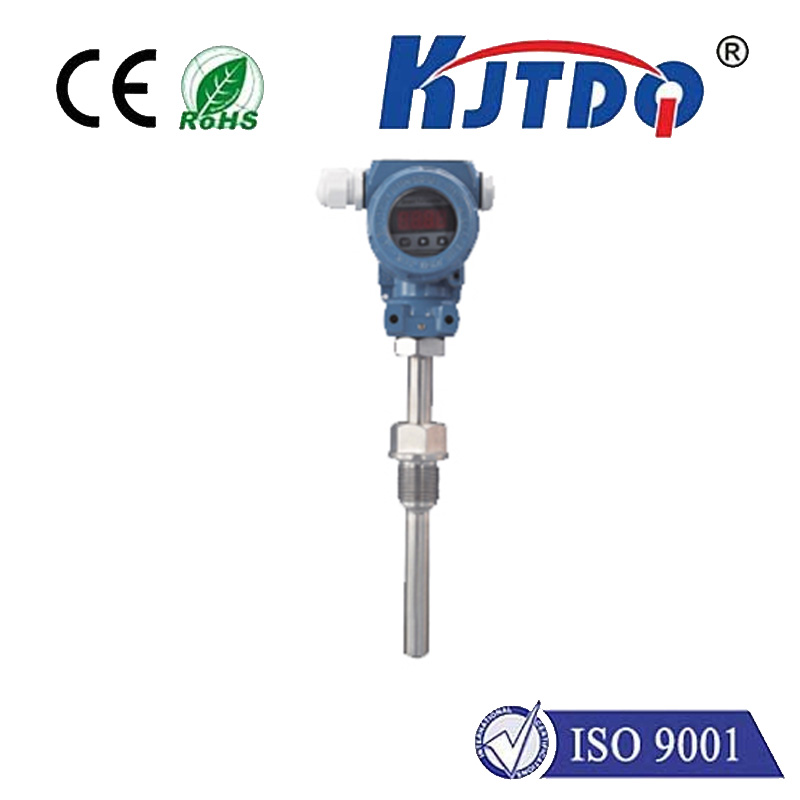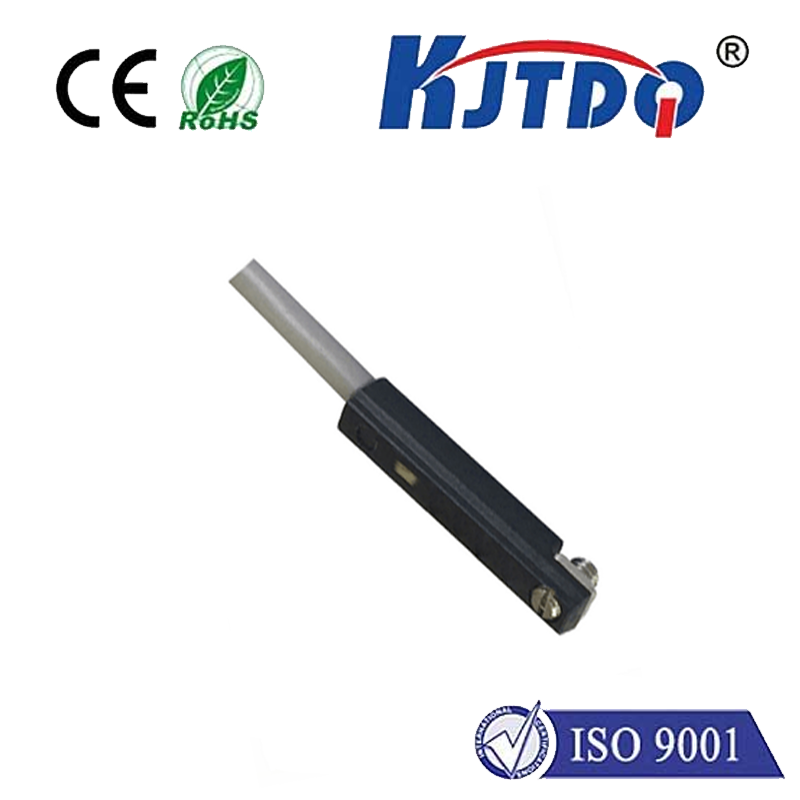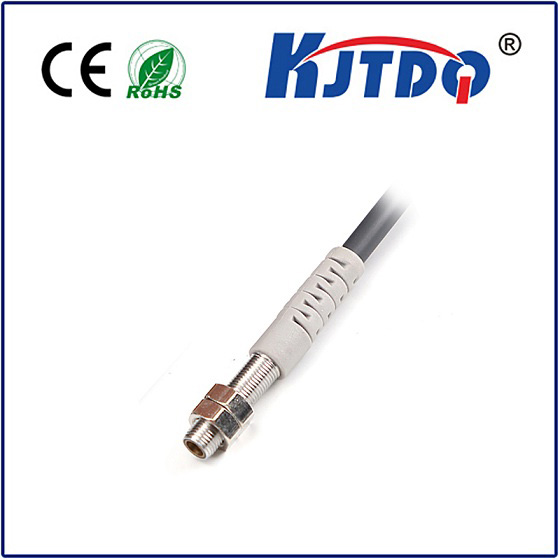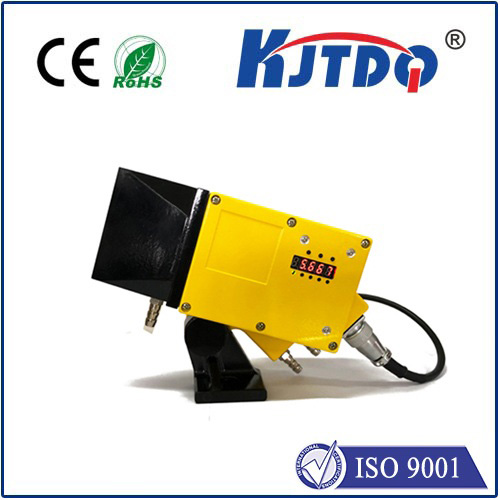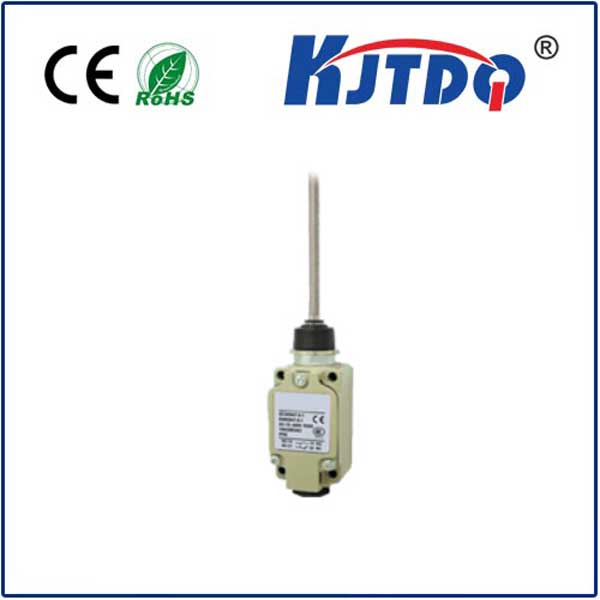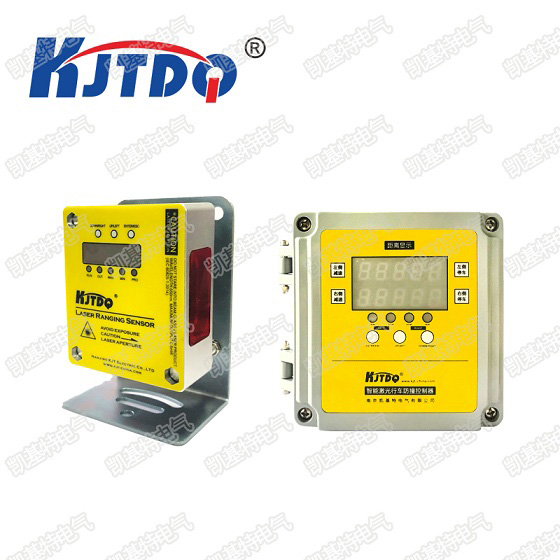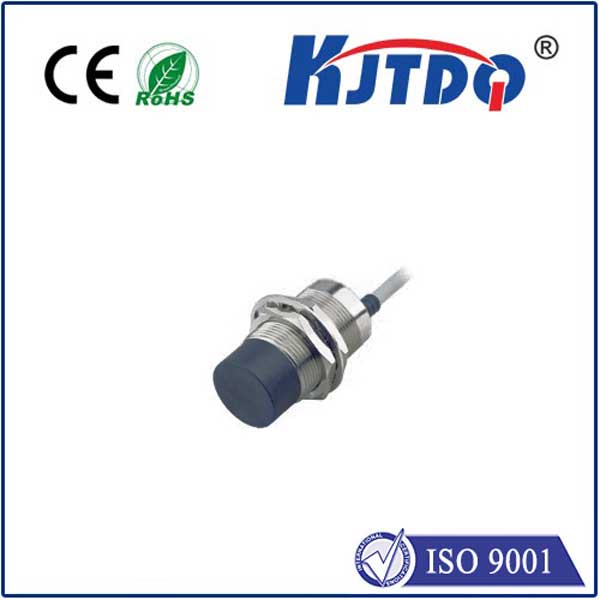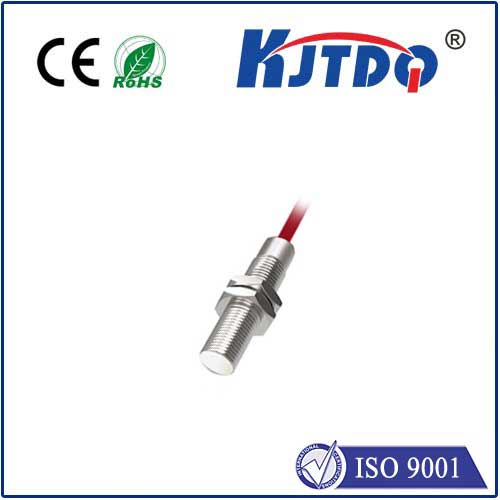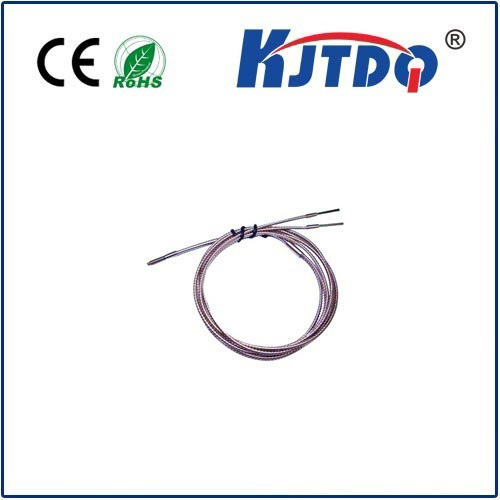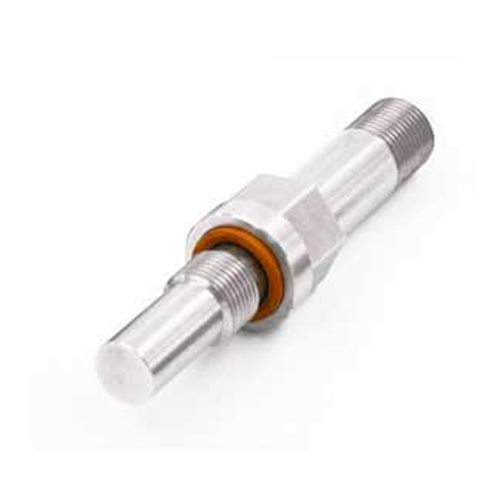heat sensor
- time:2025-08-19 13:32:52
- Click:0
Heat Sensors: Your Essential Guide to Temperature Monitoring Technology
Imagine a world where critical machinery overheats silently, firefighters enter infernos blind to hidden heat pockets, or medical diagnoses miss vital fever indicators. Without the unassuming heat sensor, this would be our reality. These remarkable devices act as our technological fingertips, constantly measuring and translating the invisible language of thermal energy into actionable data. This guide dives into the world of heat sensors, exploring how they work, their diverse types, widespread applications, and crucial factors for choosing the right one.
The Unseen Language of Heat: Sensing Principles
At its core, a heat sensor (often referred to interchangeably as temperature sensor) detects and measures the thermal energy emitted by an object or its surrounding environment. It converts this physical phenomenon – heat – into an electrical signal that can be interpreted, displayed, recorded, or used for automated control. The fundamental principle relies on changes in material properties or energy states caused by temperature variations.

- Thermoelectric Effect (Seebeck Effect): Found in thermocouples, this vital type involves joining two dissimilar metals. A temperature difference between the junction point and the other end generates a small, measurable voltage. This voltage is directly proportional to the temperature difference, enabling accurate readings across a vast range, from cryogenic levels to furnace temperatures.
- Resistance Change: Many materials exhibit predictable changes in electrical resistance with temperature. Resistance Temperature Detectors (RTDs) typically use pure platinum wire, offering high accuracy and stability. Thermistors (thermal resistors), often made of ceramic or polymer, demonstrate a much larger resistance change per degree, making them highly sensitive but typically useful over a narrower range.
- Infrared (IR) Radiation: All objects above absolute zero emit infrared radiation. Non-contact infrared (IR) sensors, or pyrometers, capture this radiation using specialized optics focused onto an infrared detector (like a thermopile). The detector converts the IR energy into an electrical signal, calculated to represent the object’s surface temperature without needing physical contact. This is particularly crucial for moving objects, hazardous environments, or where contamination is a concern.
- Expansion/State Change: Simpler devices like bimetallic strips leverage the different expansion rates of bonded metals. When heated, the strip bends, mechanically triggering a switch. Liquid-in-glass thermometers rely on the visible expansion of liquid within a capillary tube.
A Spectrum of Solutions: Common Heat Sensor Types
Choosing the right heat sensor hinges on the specific application’s requirements. Here’s a look at the most prevalent types:
- Thermocouples: Rugged, wide temperature range (up to +2300°C), relatively inexpensive, and capable of measuring point temperatures rapidly. Common in industrial processes, furnaces, engines, and gas turbine exhausts. Different metal combinations (Types K, J, T, etc.) offer varying ranges and characteristics.
- RTDs (Resistance Temperature Detectors): Renowned for their high precision and long-term stability. Platinum RTDs (like Pt100) are the gold standard for laboratory and industrial accuracy where repeatability is paramount. However, they are generally more expensive and slower to respond than thermocouples.
- Thermistors: Highly sensitive to small temperature changes within their specified range, offering fast response times. They are smaller and less expensive than RTDs but have a non-linear output and a more limited operational range. Widely used in consumer electronics (battery packs, chargers), automotive (intake air temperature), and medical devices.
- Infrared (IR) Sensors: The cornerstone of non-contact temperature measurement. Ideal for moving parts (conveyor belts), hazardous locations (high voltage), very high temperatures (molten metal), sterile environments, and measuring surface temperatures without influencing the target. Key considerations include target emissivity and the sensor’s field-of-view. Essential for predictive maintenance, firefighting thermal imaging cameras (TICs), and medical forehead/ear thermometers.
- Semiconductor Sensors: Integrated circuits (ICs) that utilize the temperature-dependent voltage characteristics of silicon transistors. They provide digital or linear analog outputs, are relatively inexpensive, and easy to integrate into electronic systems. Common in computer motherboards, HVAC controls, and consumer appliances. Often offer lower accuracy and narrower ranges compared to RTDs or thermocouples.
Where Heat Sensing Makes the Difference: Ubiquitous Applications
The ability to accurately monitor temperature is fundamental across countless fields. Heat sensors are truly pervasive:
- Industrial Automation & Process Control: Crucial for maintaining precise temperatures in chemical reactions, food processing, pharmaceutical manufacturing, plastic molding, and metal treatment.Ensuring process efficiency, product quality, and safety.
- HVAC (Heating, Ventilation, and Air Conditioning): Thermostats (often using thermistors or bi-metals) regulate room comfort. Duct sensors monitor air temperature. Pipe sensors control boiler water temperatures. Core to energy efficiency and occupant comfort.
- Automotive: Monitor engine coolant, intake air, exhaust gas (EGT), transmission fluid, cabin air, and battery temperatures. Vital for engine management, emission control, cabin comfort, and preventing overheating damage.
- Consumer Electronics: Protect smartphones, laptops, and gaming consoles from overheating. Monitor CPU/GPU temperatures. Used in smart home devices, coffee makers, refrigerators, and hair dryers for control and safety.
- Medical & Healthcare: Ear and forehead IR thermometers for fever detection. Sensors in incubators, sterilizers, dialysis machines, and MRI equipment ensure patient safety and treatment efficacy. Critical for patient monitoring and device operation.
- Energy Management: Monitor solar panel temperatures for efficiency. Track transformer and substation equipment health (predictive maintenance). Optimize building heating/cooling.
- Fire Safety & Security: Heat detectors trigger alarms based on rapid temperature rise or fixed temperature thresholds. Thermal imaging cameras (TICs) used by firefighters locate hotspots through smoke and identify victims. Perimeter security systems detect intruders based on body heat signatures.
- Research & Development: Precise temperature measurement is fundamental in laboratories for experiments, material testing, and environmental chambers.
Selecting the Right Heat Sensor: Key Considerations
Choosing the optimal temperature sensor requires careful evaluation of several factors:
- Temperature Range: What is the minimum and maximum temperature you need to measure? This immediately narrows down viable options (e.g., thermocouples for extremes).
- Accuracy & Stability: How precise does the measurement need to be? Is long-term stability critical (favouring RTDs)?
- Response Time: How quickly must the sensor react to temperature changes? Thermistors and exposed thermocouple junctions are typically fastest.
- Environment: Consider exposure to chemicals, moisture, vibration, physical shock, or potentially explosive atmospheres (requiring intrinsically safe sensors). Non-contact IR sensors excel in harsh or contaminated environments.
- Physical Constraints: How much space is available? What is the required form factor? Will it contact the object?
- Contact vs. Non-Contact: Can the sensor touch the object? Non-contact is essential for moving objects, hazardous surfaces, or where contamination must be avoided. Contact sensors can offer potentially higher accuracy for the measured point.
- Output Signal & Integration: Does your system require analog (mV, mA) or digital (I2C, SPI) output? What connectivity and power requirements exist?
- Cost: Budget constraints will influence the choice, balancing performance requirements against price (e.g., thermocouple vs. RTD vs. IC sensor).
From ensuring our homes are comfortable and our electronics function safely, to enabling groundbreaking medical procedures and safeguarding industrial processes, heat sensors are the silent guardians












